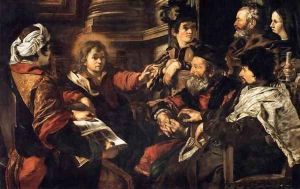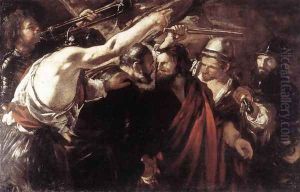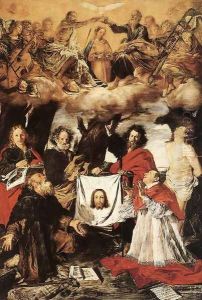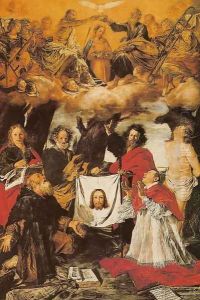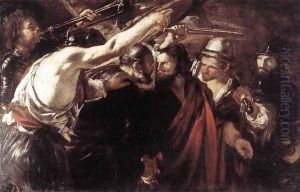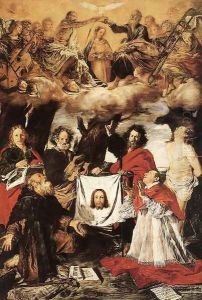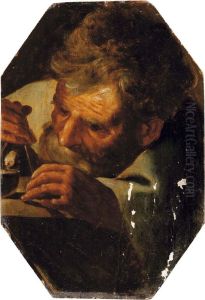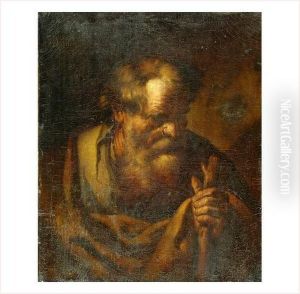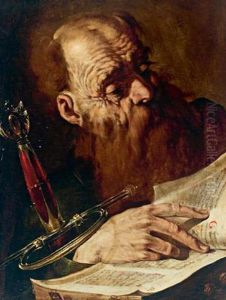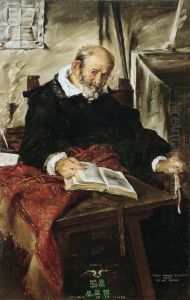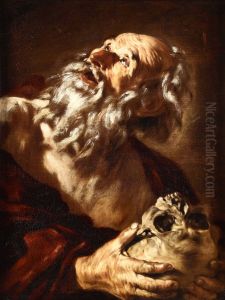Giovanni Serodine Paintings
Giovanni Serodine was an Italian painter who was born in 1600 in Ascona, present-day Switzerland, which at the time was part of the Italian-speaking region governed by the Old Swiss Confederacy. He is considered one of the lesser-known but nonetheless significant artists of the early Baroque period, whose work contributed to the development of Italian art in the seventeenth century.
Serodine received his initial artistic training from his older brother, Giacomo Serodine, who was also a painter. Although there is little documented evidence about Giovanni's apprenticeship or early career, it is believed that he traveled to Rome to continue his studies, which was a common practice among aspiring artists of his time.
In Rome, Serodine would have encountered the works of the great masters of the High Baroque, such as Caravaggio, whose dramatic use of chiaroscuro and realistic depictions of human figures had a profound influence on Serodine's style. His paintings are characterized by strong tenebrism, the sharp contrasts between light and dark, and a certain emotional intensity that suggests a Caravaggesque influence.
Despite his talent, Giovanni Serodine's career was cut tragically short when he died in 1630, at the young age of 30. The exact cause of his death is unknown, but his passing meant that his body of work remained quite small. Nevertheless, his existing paintings, which include religious subjects and a few portraits, are praised for their expressive power and technical skill.
Serodine's art was largely forgotten after his death, and he remained obscure for several centuries. It wasn't until the 20th century that art historians began to re-evaluate his work and acknowledge his contribution to the Baroque movement. His paintings can now be seen in various museums and collections, where they are recognized for their vibrant energy and the emotional depth of their subjects.
